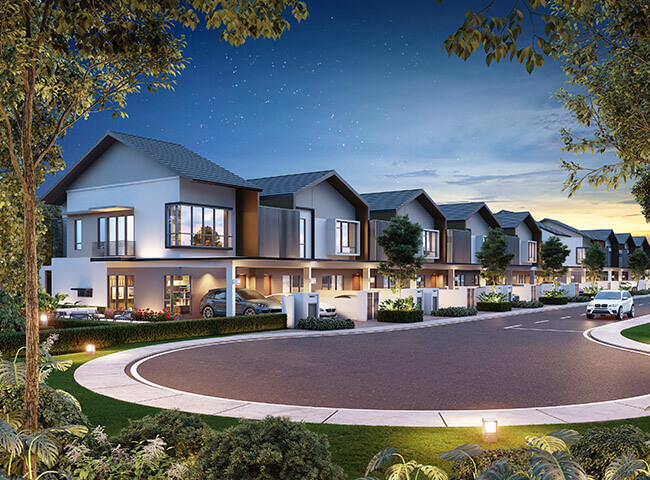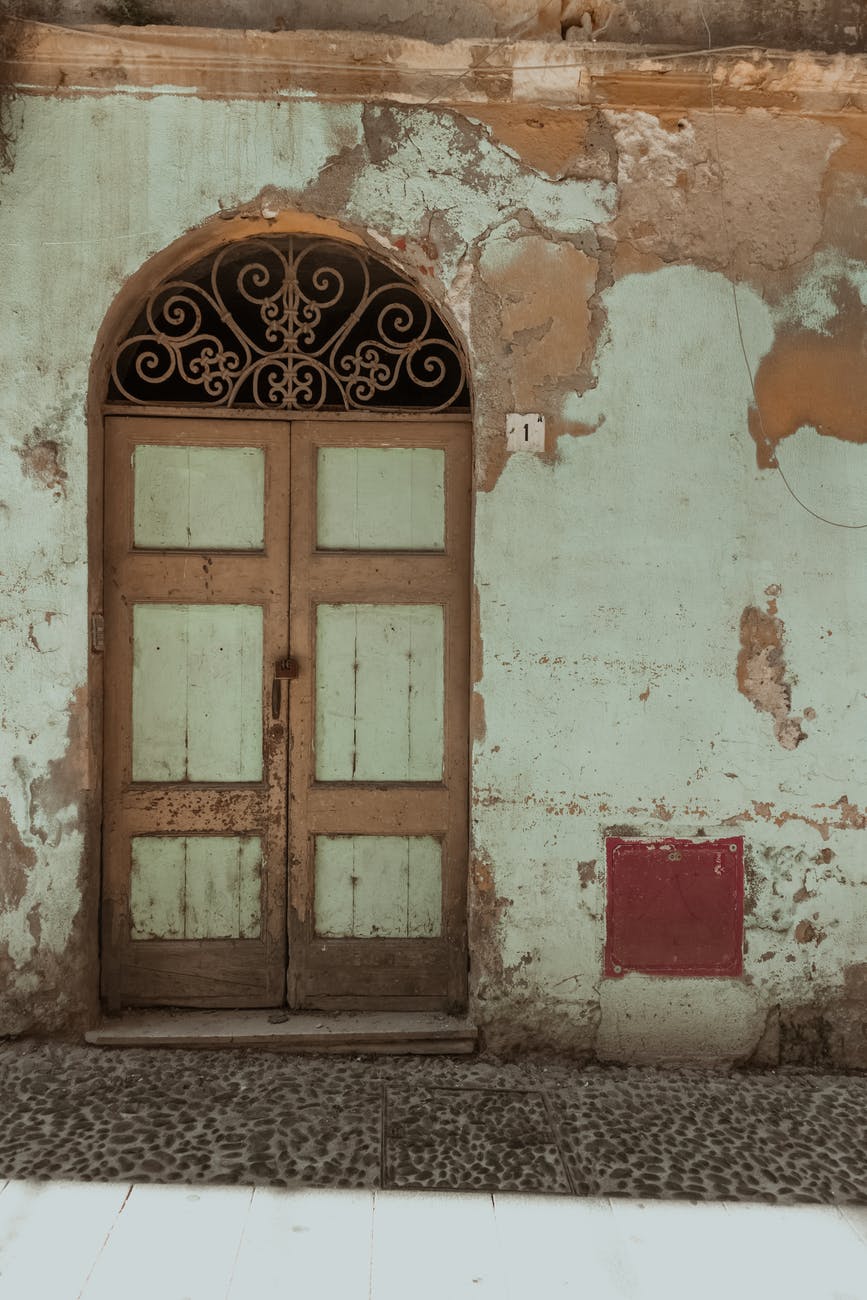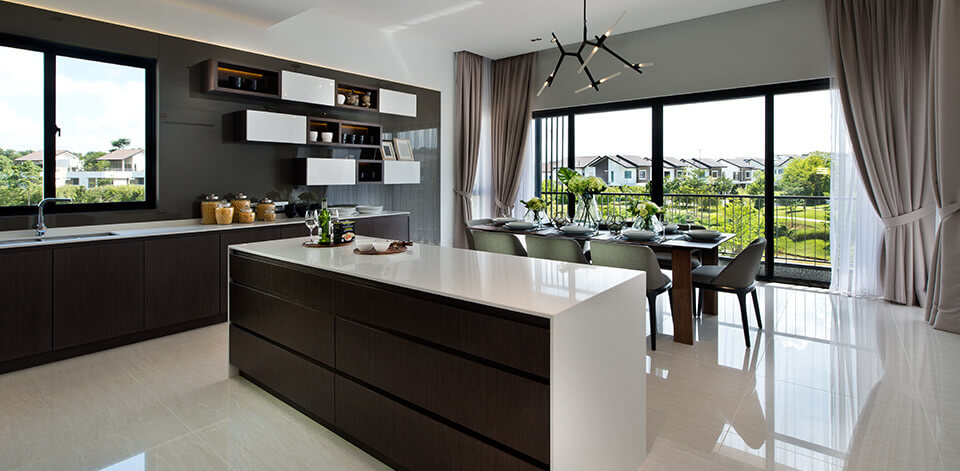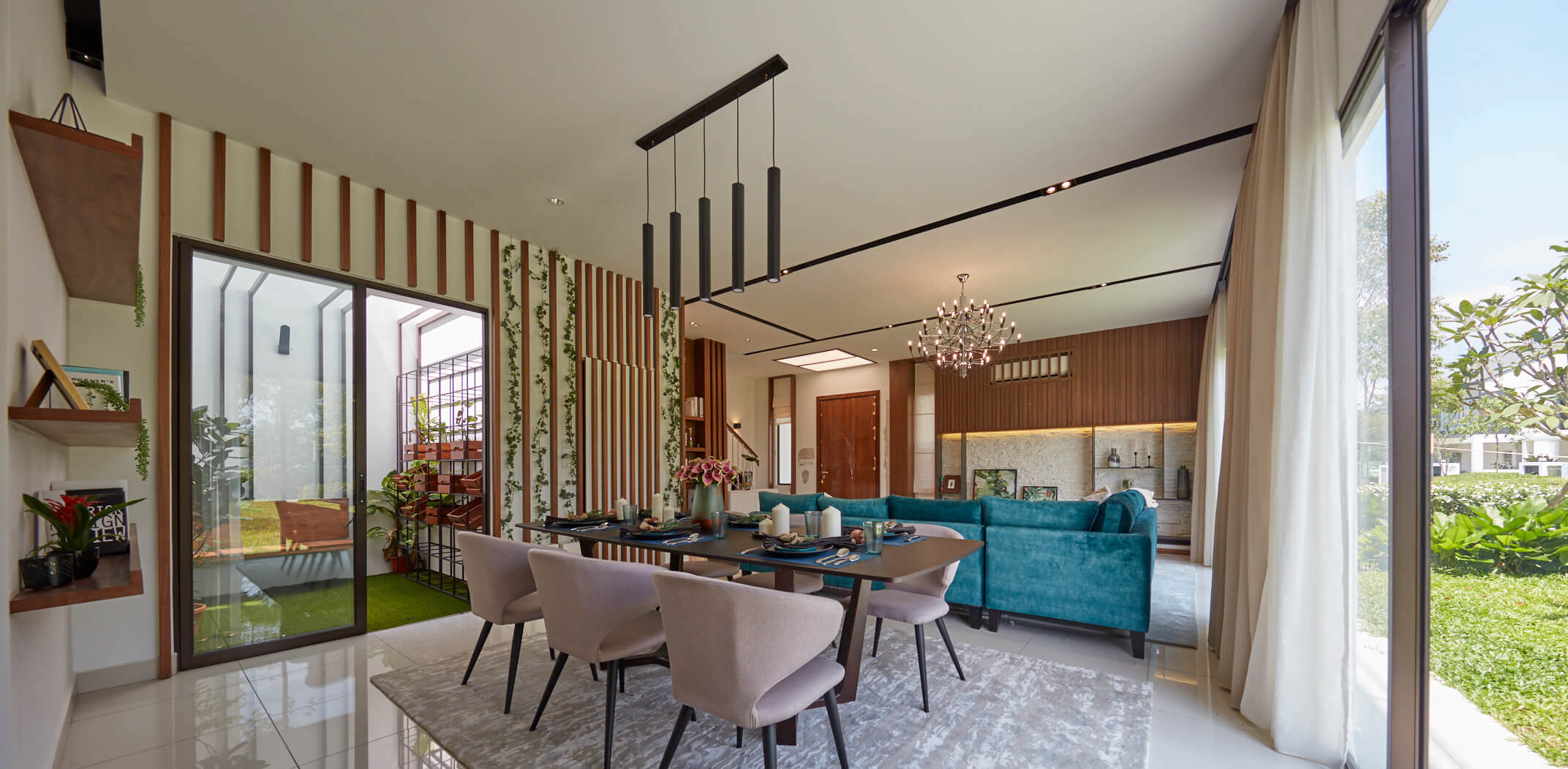
Source: Gamuda Gardens
Without a doubt, finding a strategic location and fairly priced housing are the top concerns of every homebuyer. Apart from the two, there are other factors involved when selecting a suitable home. Take a look at what other aspects to consider when buying a house, apartment, condominium or other types of properties below.

Source: Pexels
Age of Property
Believe it or not, property age matters significantly from the buyer’s perspective. Imagine looking at a beautiful sub-sale property in a neighbourhood that has existed for decades. On the outside, it may look impressive but we do not know if the plumbing pipes and electrical wiring have been consistently maintained throughout the years. Corrosion and general wear and tear can pose health and safety hazards to potential occupants. Additionally, it is common for aged properties to have deteriorating, leaking roofs. In some cases, rooftops can also collapse due to harsh weather. The amount of renovation needed to change the internal defects as well as the external can mount up to a serious dent to your savings. That being said, it is highly recommended to find out about the age of the house or high-rise unit to know if you are buying a safe, sustainable property that appreciates in value.
Amount of Space
Nobody wants to live in a home where anyone can hardly move around. Depending on the number of occupants, think of how much space you and your loved ones need for long-term comfort. The number of bedrooms, storage space for personal belongings and home furniture are some of the things to reflect on. If you cannot afford a bigger home, there are other ways to make smaller living spaces work! Apartments and condominium units, for example, can cater for the average house size for a family of 5 by implementing innovative, space-saving ideas. Go for a minimalistic home design by having multi-functional furniture to keep away clutter. This is helpful to establish a welcoming and relaxing atmosphere in personal spaces like bedrooms. Although finding a home with the ideal house size is good, it is not necessarily an aspect that should solely determine your real estate purchasing decisions.

Source: Jade Hills
Floor Plan Preference
While finding a new home, take note of the floor plan and make sure it is as close to your expectation as possible. Even though you can opt to redesign your floor plan afterwards, it will involve additional expenses to hire contractors and workers. Moreover, it will take some time to complete your desired floor plan.
Other than that, inquire about the square footage of the property from the seller. Knowing the square footage will help you to assess the residential property’s market value and livability. High-rise properties usually have the square footage calculated, which you can request from the owner, property agent or developer. If you are unable to, you can measure the square footage with these tips.

Source: Gamuda Gardens
Potential for Interior Design Customisation
It is perfectly fine to settle for a home that is not 100% flawless. As you view each property unit, write down which room requires customisation to meet your expectations. For instance, most of the rooms in the unit are to your liking except the kitchen size, which is quite small to cook comfortably. Visualise what kind of kitchen you want and estimate how much customisation will be required. If it needs a large-scale reconstruction, you are probably better off browsing at other units. The key here is to identify your major preferred features and specifications in each room of the property. Minor ones like changing wall designs can be easily taken care of even after you moved in.

Source: Pinterest
Rental Yield
With the rising cost of living, you may want to consider the potential rental yield when purchasing a residential property. Whether your intention is to buy a home for yourself to stay or for investment purposes, find out how much the existing rents are in the neighbourhood. By doing so, you can more or less know the potential returns on your purchase. Moreover, homebuyers and investors can adopt the 1% rule when investing in real estate. The rule is used as a pre-screening test to determine if a property’s rent-to-value ratio is healthy or not. However, it does not represent the overall investment potential. This is because it does not account for property expenses like mortgage fees, repairs and maintenance, insurance and others. Furthermore, include factors such as room furnishing, unit size and location which will help you to determine the rental cost.
After knowing what to look out for when buying a property, it is a good idea to visit the property site itself to have a good look of the property or view the property virtually from the comfort of your home. It will help you to make informed property decisions while having a sales personnel to attend to your detailed queries.
Recommended Reads
Buying a New House in Malaysia? Here’s What to Know


